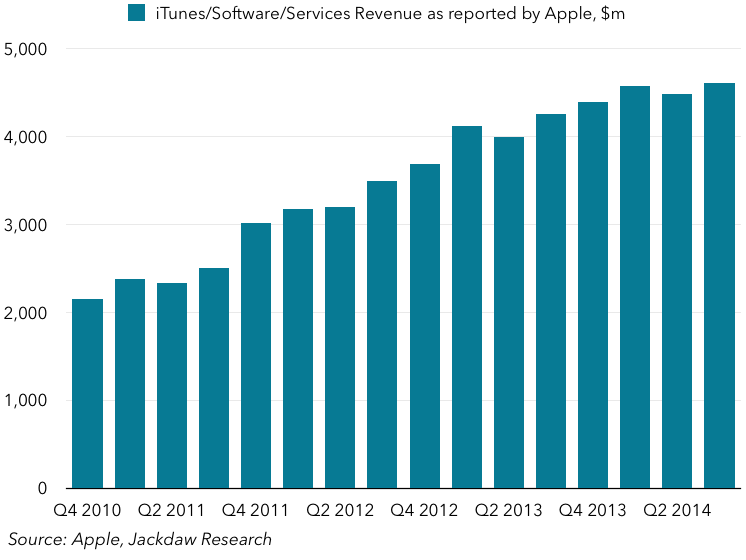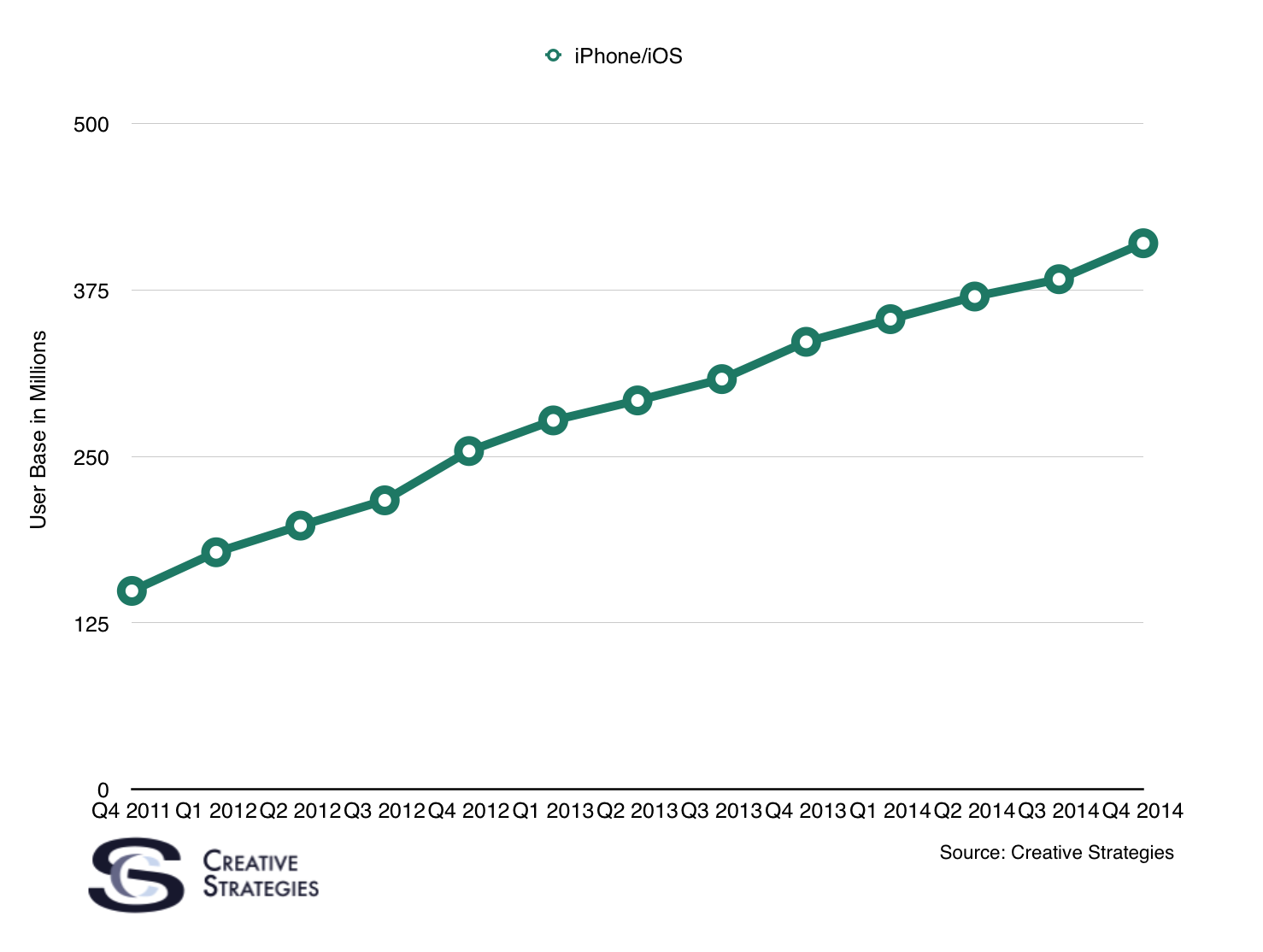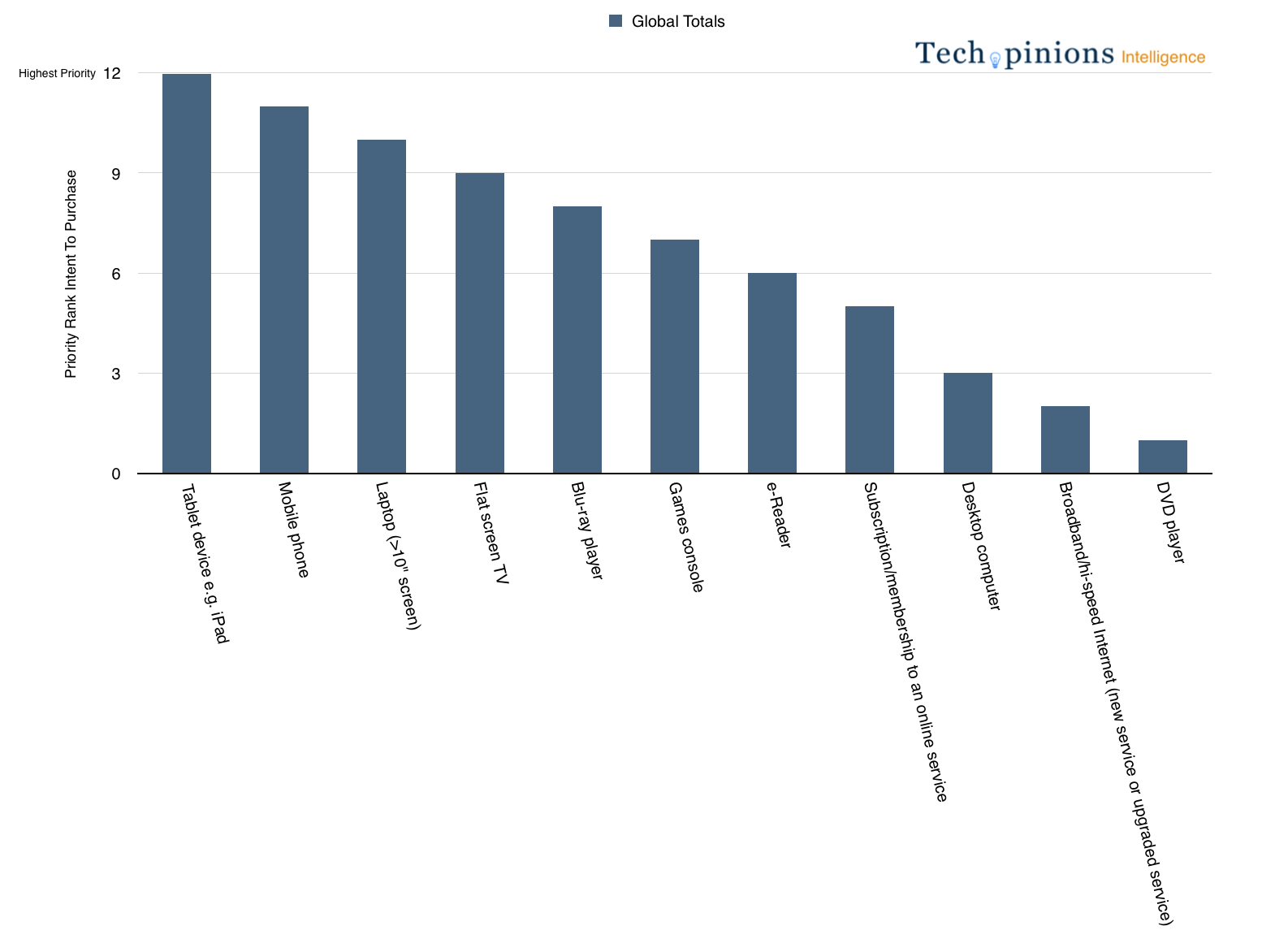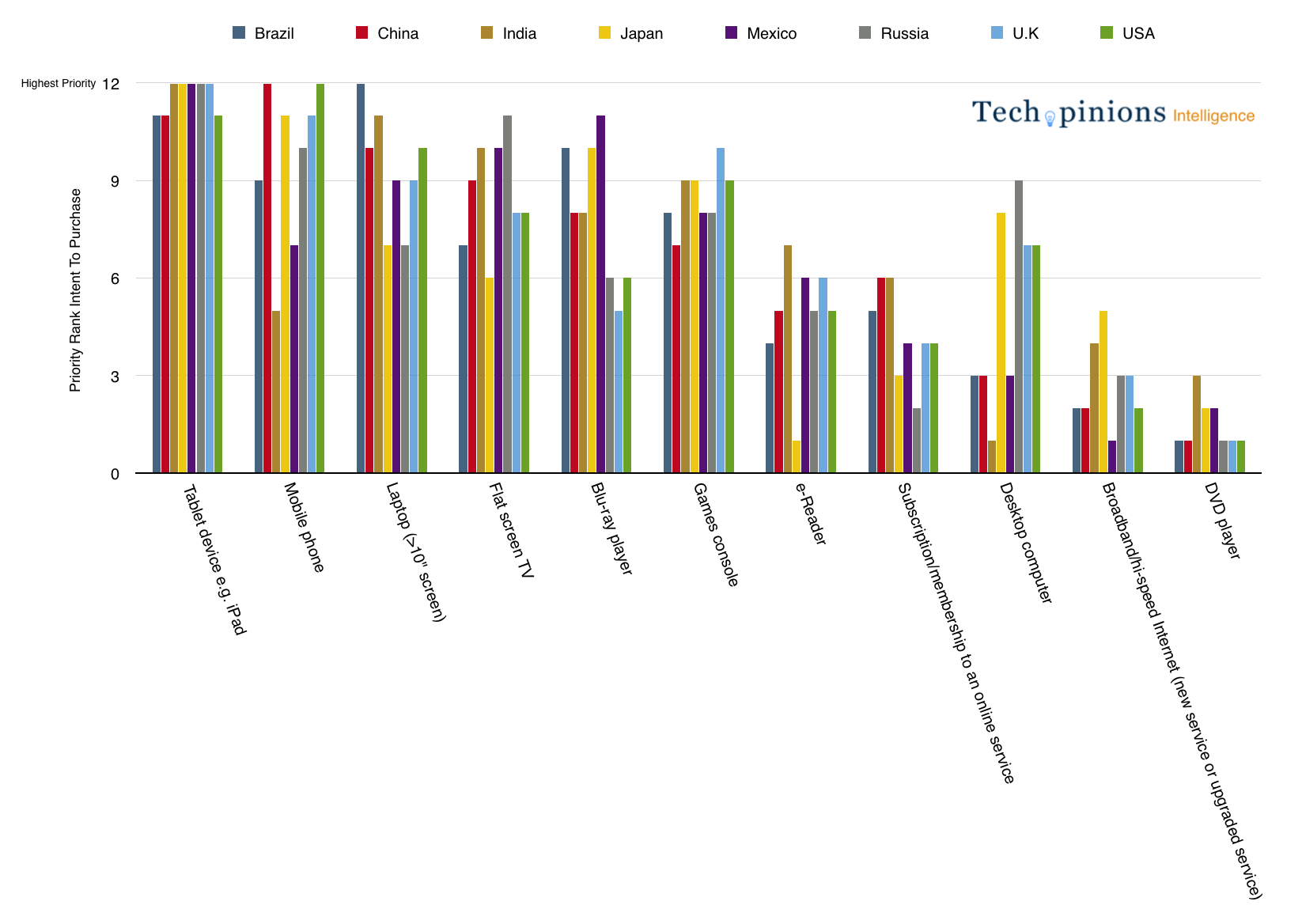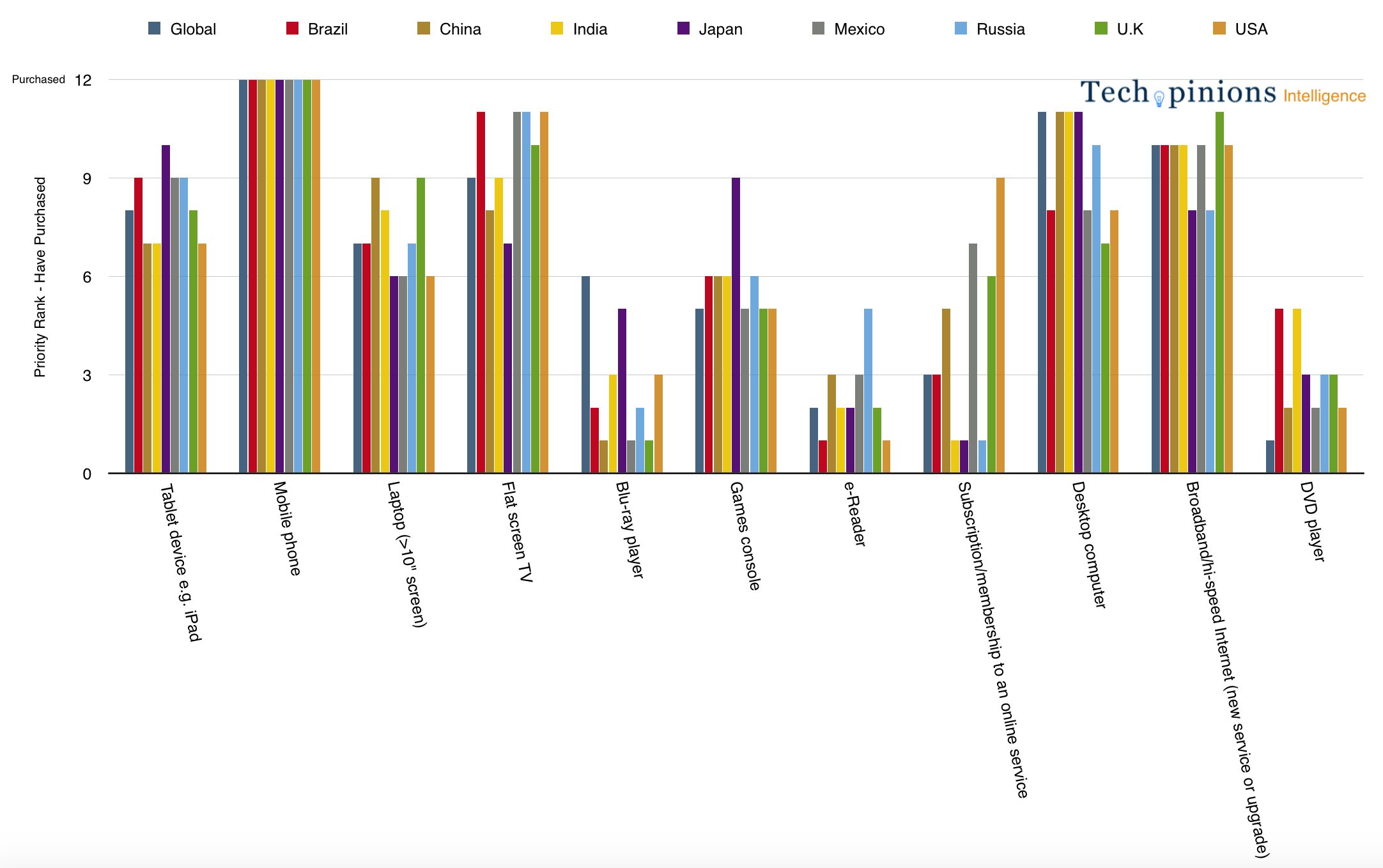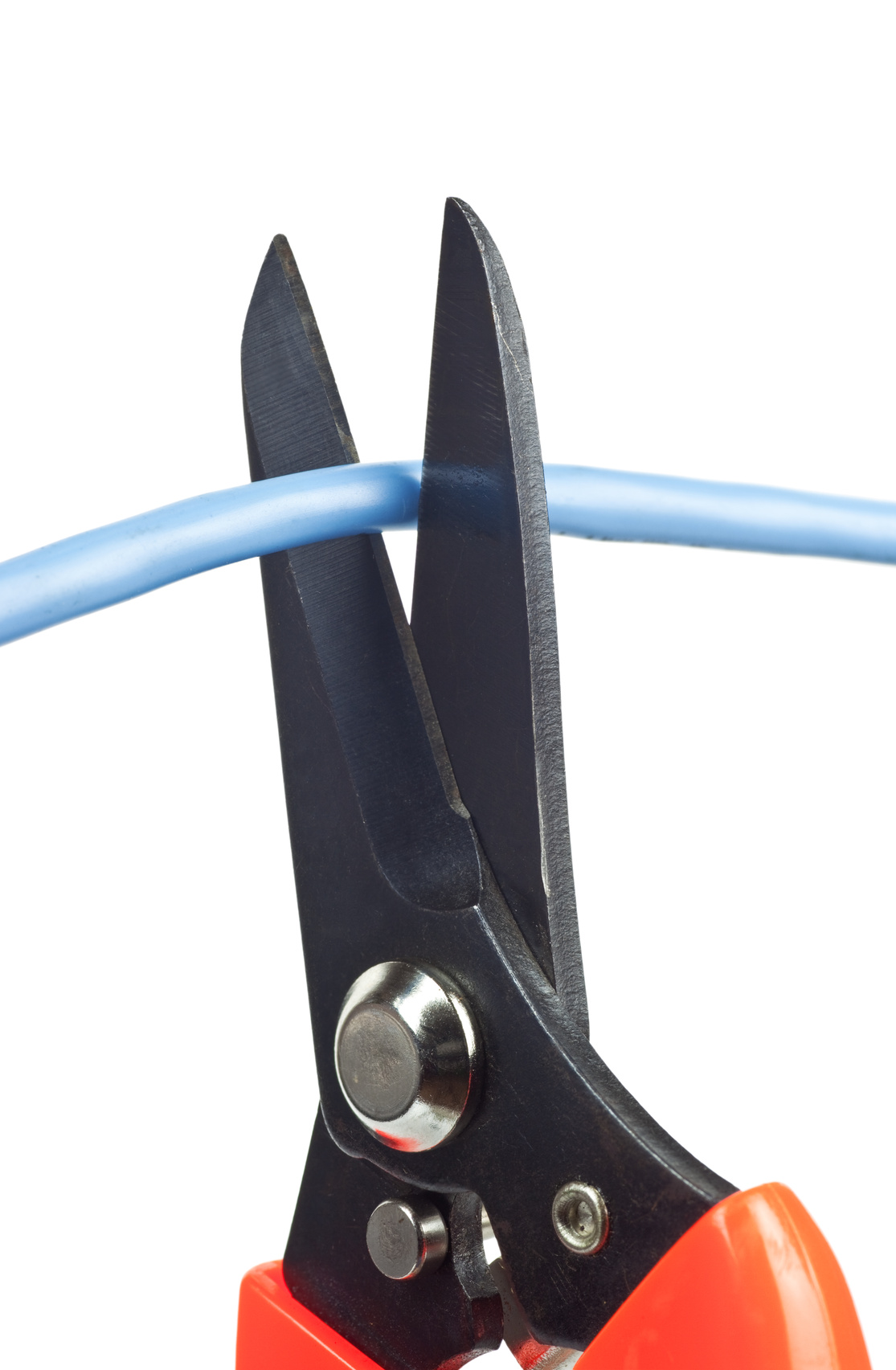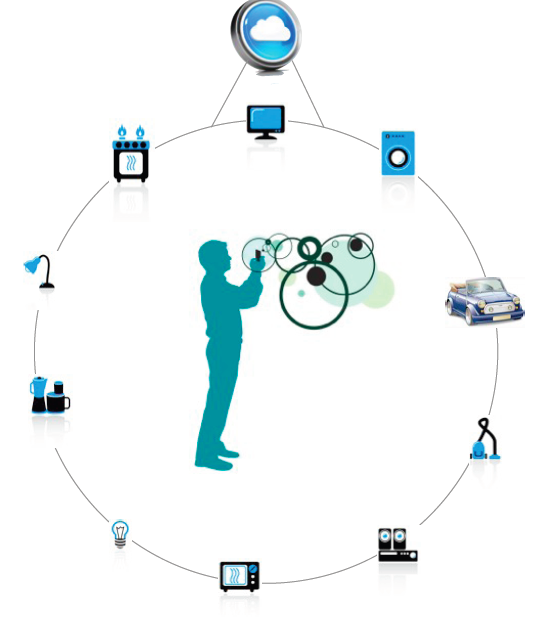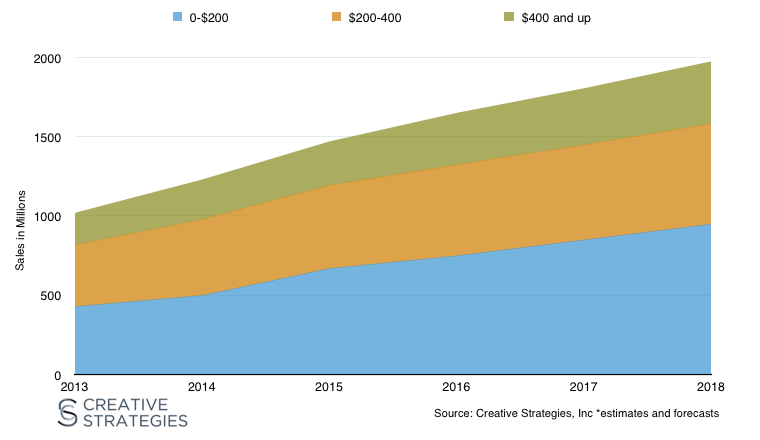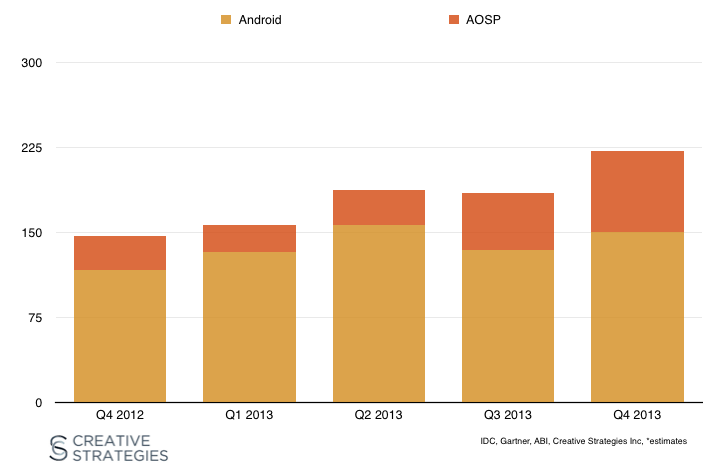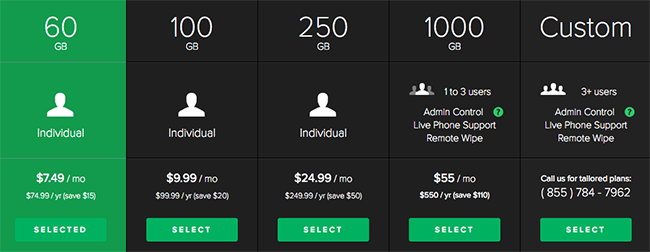One of the more powerful indicators of an ecosystem that has not only staying power but one that can ward off disruption as well is when a platform creates value for more than just the company that owns it. Perhaps the best modern example of this is Apple’s iOS platform and Microsoft Windows. Each has succeeded a creating a deep and intricate value chain for partners and customers of the platform. Both have an exhaustive list of software and services which are worth the time of the developers and services providers to invest resources into because they provide value back to those investing in the platform.
I recently participated in an exercise with some folks at Harvard Business School and the Clayton Christensen Institute looking at ways value creation can play in solving the Innovators Dilemma and keep disruption at bay. The thesis they are creating is looking specifically at Apple, as they argue the breadth and depth of the value creation for parties other than Apple is larger than other platforms. An example of this would be with iPhone accessories. While it’s true there is an accessory industry for Android phones, Android’s more open platform approach leads to a massive amount of hardware diversity. For accessories like cases this is a problem since one manufacturer can’t make a case for every Android phone. Instead, they pick the ones they feel are the best selling or the ones most likely to have more valuable customers like Samsung S or Note phones, for example. The iPhone is a much easier product to design accessories like cases for because there are far less designs to have to worry about. Not surprisingly, this dynamic allows for an accessory business to thrive focusing solely on Apple products.
During this exercise, we talked about many companies with platforms that create value to look at how deep and wide that value extends. The main three we focused on — Microsoft, Palm, and Apple — are the ones who have platforms where businesses exist solely focused on one platform. What was interesting in this analysis was when we looked at Android. We were hard pressed to find many companies, certainly no large ones (the ones we did find were in more developing/emerging areas), with a business focused solely on Android. Everyone who is supporting Android with their hardware, software, or services is also supporting iOS or Windows as well. Android stands out as it is the platform with the most global users but also the one with the shallowest value creation web for anyone Google.
The more I thought about this after our working session, the more it made sense that Google is a bit of an anomaly when compared to the other platforms we explored. Google has a different business model. The key point is the biggest segment they create value for besides themselves is advertisers. This is a significant difference with Google’s platform vs. Apple’s and Microsoft’s. To carry this angle further, Microsoft and Apple have an end-user in mind as a customer of their platform where Google’s customers are advertisers.
This angle sets up something I’m calling the Value Creation Paradox. Interestingly, not just Google will have this problem. It seems Facebook may also suffer from this paradox. Both Google and Facebook provide a free service to customers and evolve their offering accordingly yet the needs of the end user are not their primary concern as they are with Apple and Microsoft. Facebook and Google must also continue to architect their platform to meet the needs of their true customers — advertisers.
Which truly begs the question: can a platform serve two master customers at opposite ends of the spectrum? Is the reason Microsoft and Apple have such deep webs of value creation for their ecosystem because they are laser-focused on the end customer needs and companies like Facebook and Google will struggle to build large ecosystems of value creation beyond themselves and their true customers which are advertisers? Ultimately, will free platforms, who over-index on creating value for advertisers due to the necessity of their business model, then be more susceptible to disruption under this new thesis? All questions we don’t have answers to since this new wrinkle with Google and Facebook are so new. But we do know from all available research that companies with a more end-user approach to their platforms are the ones who have succeeded at creating breadth in depth of value for not just themselves but thousands of partners as well.
I’m not saying Google and Facebook don’t provide a valuable service to end-users. They absolutely do. I’m only pointing out Google and Facebook’s customers are different than Apple and Microsoft’s and thus, the way they architect their platform/products will be with the agenda of serving their true advertising customers. The reality is this focus, as of today, has had an impact on their ability to create an ecosystem of value creation.
If some of these observations are true, then they carry with them implications for who is best positioned to succeed in the next platform wars, which may have something to do with cloud computing, artificial intelligence, augmented reality, and perhaps more but we aren’t entirely certain yet. Are the companies best positioned here the one with platforms laser-focused on the consumer as their customer or the ones with advertisers as their customers? No doubt, a key philosophical question worth continuing to flesh out if any of us are to place bets.

